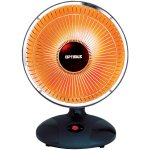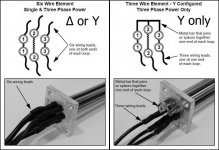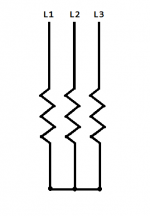Ok so say I have a set of single phase conductors running a load with current X and total power Y. Now I add a third conductor. My total conductor area is now 150% of what it was originally. My power (assuming a reconfigurable load) with the same current X on all three legs is now 173% of Y. Where is that extra capacity coming from? Arnt there extra losses with a third conductor now?

I'm still scratching my head about this myself.
Here is a thought: Assign a value for the power delivered by each wire, by multiplying the current in the wire by the voltage relative to an arbitrary reference point. This is an instantaneous product, to get instantaneous power which you would then have to average over time. Alternatively you could consider the phase angle between voltage and current and include power factor in your calculation.
The reference point could be arbitrary, including defining one wire as '0V'.
This is completely analogous to using a Blondel compliant metering setup.
Let's pick the neutral point of our supply wires. In the case of 480V single phase, our line-reference neutral voltage is 240V. Add the third wire, and your line-reference neutral voltage climbs to 277V.
Consider the inverse case: compare a two wires supplied from a 120/240V split phase system vs 3 wires from a 208/120V three phase system. Same L-N voltage, same power delivered per conductor amp.
-Jonathan



